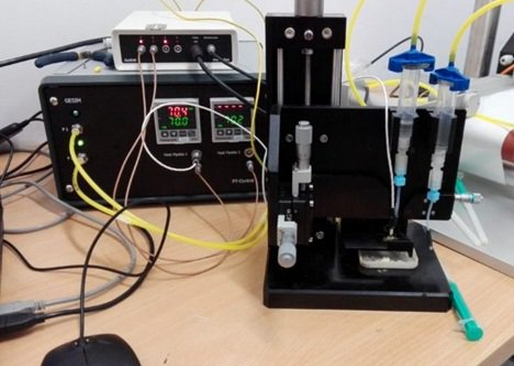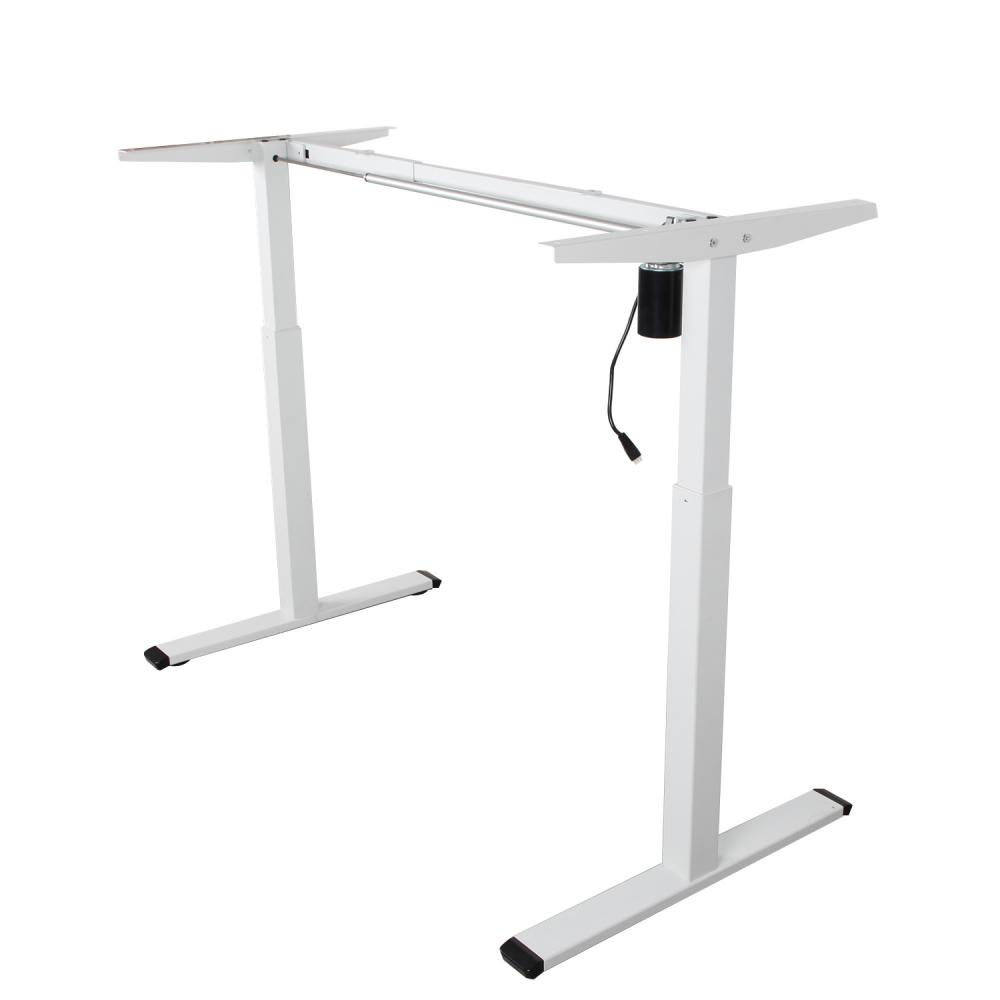Reactive Inkjet Printing (RIP) is a new 3D printing process at an early stage of development where a material is formed by a chemical reaction during the deposition process, allowing material to be formed in this way to allow for greater flexibility. Sex. This process requires only two wires that can be mixed together in different ratios, rather than three, and the possible material range is much larger than existing 3D printing technology . Using this mode, the user can change the materials created during the printing process to produce a variety of properties such as color, elasticity, and electrical conductivity.

RIP is a bit like SLA . Unlike SLAs, which use UV light to cure liquid inks, RIP cures liquids by chemical reactions between different components. Therefore, RIP does not have the limitations associated with UV light.
Since the different components of the ink are reactive, they must be placed separately. RIP requires specially designed chemistries that react quickly to quickly condense deposited materials to build objects layer by layer. Condensation must be chemically reactive so that the next layer and the upper layer can be bonded. Mixing different ingredients in different ratios yields materials with different parameters, which means that the amount of hardener is reduced during the printing process, and the end result is a material with higher elasticity. By changing the scale during the printing process, it is possible to produce a product with a characteristic gradient.
This method can be used for both 3D printing and 2D printing. In 2D printing, the ink consists essentially of a solvent that needs to be evaporated or sunk into the material. Since the deposited material can be colored and does not contain any solvent, it is possible for RIP to achieve solventless jet printing.

Figure 1. Printhead with a splitter
The real challenge is to combine the two ingredients in one way so that the condensation does not happen too early. To solve this problem, developers have developed some strategies. First, the solid material of the dispenser cannot be contacted when the ingredients are mixed, because rapid solidification of the ingredients can cause clogging. To do this, developers need to mix the ingredients before or as they reach the surface. In order for this method to be widely available, a dispenser needs to be developed to allow developers to mix ingredients within the printhead. To facilitate such a process, they also need a specially designed printhead.

Figure 2 (left): printhead with compressed air as the separator; Figure 3: Printhead with guided electric field
The printhead has two tasks. First, it must allow mixing of ingredients; second, it must minimize the risk of clogging. The developer has prepared several designs. The dispenser must be separated to minimize the risk of clogging of the dispensing nozzle. This can be done by adding a physical barrier (Figure 1), a compressed air flow (Figure 2), or an electric field, if the composition changes. In addition, compressed air can be used to clean the entire printhead to remove any droplets created during deposition, further reducing the likelihood of clogging. Second, the printhead must mix the ingredients without touching the mixed ingredients. The simplest solution is to tilt the dispensers against each other, causing the reactive components to collide with each other and achieve mixing before reaching the surface (see Figure 2). The printhead can have a special system that will direct the ingredients to a point of mixing with the other component without contacting the material of the printhead. This can be achieved by directing the component with air flow or by utilizing an electric field (Fig. 3).
This technology is still in the early stages of development, but we believe that the end result will allow easy fabrication of objects with gradual properties using materials made during the deposition process. Developers have tested this concept on a lab scale. Now they are developing new compositions and designing better printheads to solve any obstacles that arise.
(Compiled from 3ders.org)
With the development of science and technology, people's life quality has increased, and people have paid more attention to physical health. Therefore, the concept of modernized intelligent office work is gradually gaining popularity.The core products of chex are various electric standing desks, hand crank standing desks and pneumatic standing desks, which meet the different choices of customers. Standing desks are widely used in offices, at home, schools, hospitals and other occasions. It can be used by adults and children. Chex team understands that ergonomics and a comfortable working environment will help us work healthier and enjoy a happier life, so we are proud that this is a meaningful green career.

Standing Desk,Pneumatic Standing Desk,Hand Crank Standing Desk,Office Furniture Standing Desk
Suzhou CHEX Intelligent Technology Co., Ltd. , https://www.sjqxhdesk.com